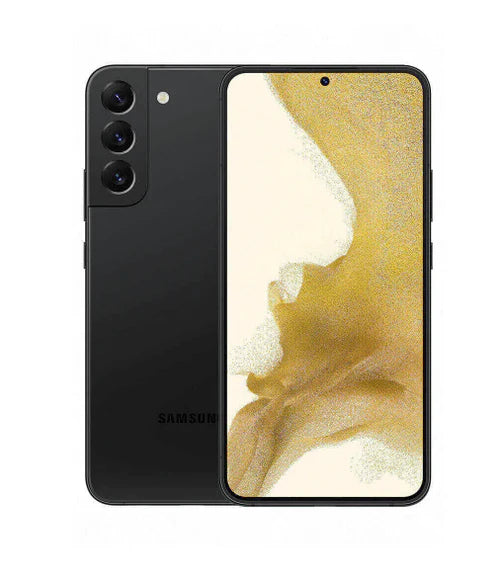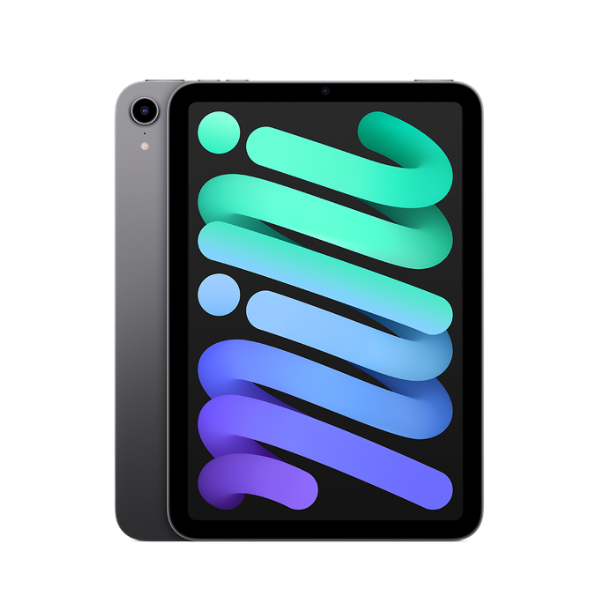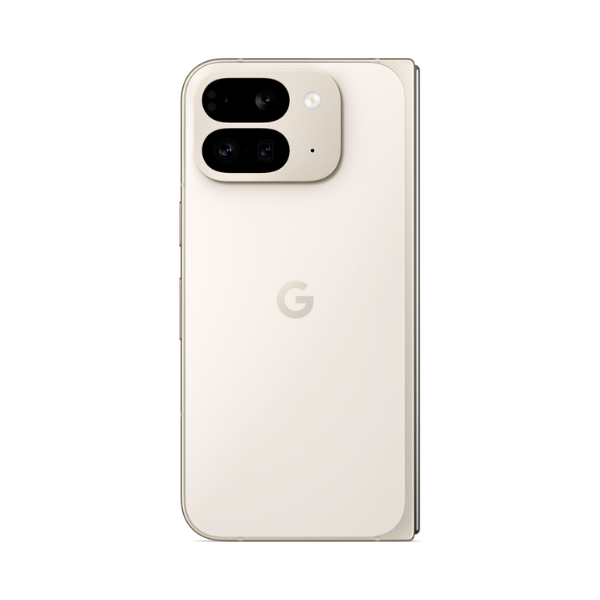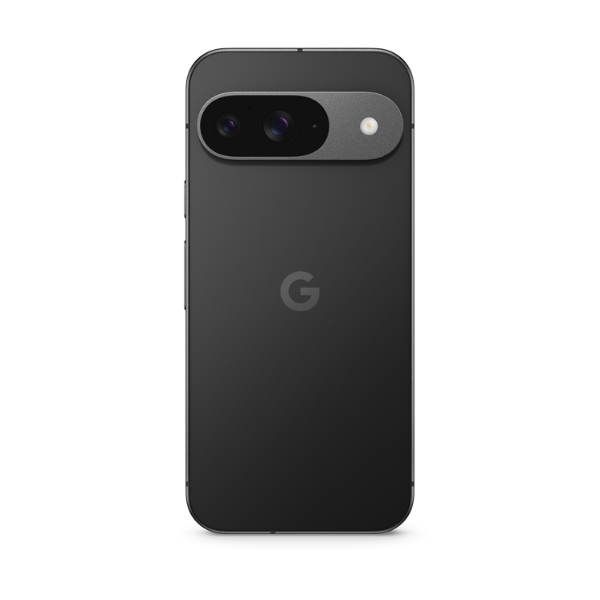Resetting an iPhone can solve many issues, such as software glitches, performance problems, or preparing a device for resale. It also helps resolve activation problems, clean up storage space, or fix apps that crash unexpectedly. Whether using an iPhone 14, iPhone 13, or iPhone SE, understanding the right method is essential. Let's understand how to factory reset an iPhone properly, with or without a password. Know various ways such as soft reset, hard reset, and full erase methods while also learning how to protect your data. If planning to buy or sell, choose refurbished iPhones to get the valuable devices at the best price.
What is a Factory Reset on an iPhone?
A factory reset restores the iPhone to its original software state. It removes all personal data, settings, and apps. This method is commonly used to troubleshoot serious issues or to prepare the device for a new user. It helps clean the phone completely and removes any unwanted configurations or saved logins. It also resets the software to its original version, fixing bugs or corrupted files.
Factory reset is useful when the phone gets stuck during updates or constantly crashes. Many users also perform this reset before handing the phone to family or friends. It ensures complete privacy and a smooth experience for the next user.
When Do You Need to Factory Reset an iPhone?
A factory reset becomes necessary when your iPhone becomes unresponsive, freezes during use, or shows persistent errors. It is also helpful if you are planning to sell or give away the device, as it erases all personal data and linked Apple ID, ensuring privacy. If Activation Lock is preventing access after a second-hand purchase, a reset may help after verifying ownership.
When general iOS troubleshooting fails to fix software issues, factory resetting can offer a clean start. Many users also reset their phones before upgrading to new models like the popular iPhone 15 or trending iPhone 16. Just make sure to back up your data using iCloud, iTunes, or Finder before starting the reset process.
Back up Your iPhone Before Factory Reset
Before erasing, always back up your device to prevent losing important data like contacts, messages, photos, and app information. This step ensures that you can easily restore your content after resetting. Backing up your iPhone also helps in case something goes wrong during the factory reset. It is always safer to keep a copy saved either online or on your computer. You can use either:
iCloud Back up: This is a wireless method where your iPhone data is stored on Apple’s cloud service. Go to iPhone Settings, tap on your name at the top, then tap iCloud > iCloud back up > Back Up Now. Make sure your device is connected to Wi-Fi and has enough iCloud storage.
iTunes Back up: Connect your iPhone to a Windows PC using a USB cable and open iTunes. Select your device, then click "Back Up Now" under the back ups section. This saves a copy of your iPhone data directly to your computer, which you can later use to restore the device.
Finder (Mac users): If you are using a Mac running macOS Catalina or later, connect your iPhone to the Mac using a USB cable. Open Finder, select your iPhone from the sidebar, and click "Back Up Now". This is the Mac’s alternative to iTunes and allows you to save all your data locally. Choose quality cables or chargers for your back up.
Top Methods for Factory Resetting Your iPhone
Resetting your iPhone can help fix software issues, improve performance, or prepare it for selling. There are multiple safe ways to restore your device to its factory settings.
Factory Reset iPhone via Settings App
The easiest method to reset your iPhone is through the Settings app, especially when you still have access to the device and remember the passcode.
- First, go to the Settings app from your home screen. This is where you manage all your phone's main settings and preferences.
- Tap General, then scroll down and choose Transfer or Reset iPhone. This menu includes all the available reset options for your iPhone.
- Tap Erase All Content and Settings. This action will remove all apps, data, contacts, messages, photos, and saved settings from your device.
- You will be asked to enter your passcode to continue. This is done to make sure only the rightful owner can perform the reset.
- Lastly, enter your Apple ID password to turn off Find My iPhone and confirm the reset. Once confirmed, the phone will restart and begin the factory reset process.
This method is quick, effective, and works with all iPhone models including the latest iPhone 16, iPhone 15, and even older models like iPhone 11, iPhone X or, iPhone SE.
Factory Reset iPhone Without Password Using iTunes
If you have forgotten your Apple ID or passcode, you can still reset your iPhone by using iTunes or Finder. This method helps when you are locked out of your device and cannot access it normally.
- Connect your iPhone to a computer using a USB cable. Make sure the computer has iTunes installed.
- Open iTunes (or Finder if you are using a Mac with macOS Catalina or later). Wait for the software to detect your device.
- Put your iPhone into recovery mode. For models with Face ID, press and quickly release the Volume Up button, then the Volume Down button, and then press and hold the Side button until the recovery mode screen appears.
- Once your iPhone is in recovery mode, a message will appear on the computer screen asking you to either Restore or Update. Click Restore. This will erase the device and install the latest version of iOS.
- Wait for the process to finish. Your phone will restart, and you can then set it up as new or restore your data from a back up. You can restore your content later from an iTunes back up or an iCloud back up.
Factory Reset iPhone Using DFU Mode (Advanced Method)
DFU mode (Device Firmware Update) is the most advanced reset method. It is mainly used when standard recovery mode does not work, or when your iPhone is not being detected by iTunes or Finder. DFU mode lets your iPhone connect with the computer without fully starting up iOS, which helps in fixing deep software issues.
- Connect your iPhone to a computer using a USB cable. Make sure the latest version of iTunes or Finder is installed.
- To enter DFU mode, press a special button combination based on your iPhone model. For iPhones with Face ID, press Volume Up, then Volume Down, and then hold the Side button and Volume Down button together. Keep holding until the screen stays black and the computer detects the device.
- If the screen stays black and a message appears in iTunes or Finder saying it has detected an iPhone in recovery mode, that means DFU mode was successful.
- Click "Restore" on your computer screen to begin the reset. This will erase your device and install a fresh version of iOS.
DFU mode is helpful when your phone is stuck, not turning on, or cannot update properly. If you find these steps difficult or your phone is still not responding, you can go for expert help.
Different Reset Options Available on iPhone
Your iPhone gives you several reset options to fix specific problems without fully erasing everything. These are helpful when you want to solve small issues or change only certain settings.
Reset All Settings
This option keeps your personal data like photos and messages safe but resets things like Wi-Fi passwords, VPN settings, and display settings. It is good when your phone is not working as expected but you do not want to delete everything.
Reset Network Settings
This helps when you are facing problems with Wi-Fi, mobile data, or Bluetooth. It will erase all saved network details and reset them to default.
Erase All Content and Settings
This is the full factory reset. It deletes everything from the phone including apps, contacts, settings, and Apple ID. Use this when you plan to sell or give away your iPhone.
Reset Keyboard, Layout, and Other Personal Settings
These are smaller reset options that only affect specific areas like your keyboard suggestions or home screen arrangement. To access all of these options, go to Settings > General > Transfer or Reset iPhone.
How to Handle Activation Lock and Apple ID After Factory Reset?
After you complete a factory reset, your iPhone will ask for the Apple ID that was previously used on the device. This is because of Activation Lock, a security feature connected to Find My iPhone that helps prevent others from using your phone without permission. If you plan to sell or give away your iPhone, always go to iPhone Settings, tap your name, and turn off Find My iPhone before resetting. This removes your Apple ID from the device and disables Activation Lock.
If your phone is locked due to someone else’s Apple ID, you will need the original owner’s information to activate it again. You can get help for such issues from Apple Support. For a smooth and safe resale, always buy fully unlocked refurbished smartphones that also come with warranty.
What to Do If Your iPhone Still Has Issues After Factory Reset?
Even after a full factory reset, your iPhone might still face some problems. If apps crash, the phone lags, or some features do not work, there are a few more steps you can try.
- First, make sure your iPhone is running the latest version of iOS. Go to Settings > General > Software Update to check.
- If your iPhone is still under warranty, you can get help through AppleCare. They offer support and replacement options if needed.
- Try reinstalling any apps that are causing problems. This can fix bugs or glitches in the app's data.
- You can also restore your iPhone using a previous iCloud or iTunes back up. This brings back your old settings and data.
If you need a larger screen to manage iTunes or back ups, then you can work on MacBooks or iPads.
Conclusion
Knowing how to factory reset iPhone is vital for solving software issues, reselling, or clearing out unwanted data. Whether using a recent model like the iPhone 14 or an earlier version such as iPhone SE, methods like the Settings app, iTunes restore, or DFU mode can help you reset safely. Always remember to back up first and sign out of your Apple ID to avoid Activation Lock.
FAQs
Can I factory reset an iPhone without an Apple ID password?
Yes, but only by using iTunes restore or DFU mode. Activation Lock may still appear unless Apple ID is removed first.
What happens if I reset my iPhone using Erase All Content and Settings?
All data, apps, settings, and Apple ID are removed. It becomes like a new phone and needs to be set up again.
Is DFU mode safe to use for a factory reset?
Yes, DFU mode is safe and useful when other reset methods fail. Just ensure you have back ups to avoid data loss.
Will factory reset fix iPhone performance issues?
It can help solve software glitches, lagging, and freezing problems by giving the phone a fresh start.
How can I back up my iPhone before reset?
Use iCloud via Settings, or connect your phone to iTunes or Finder for a full back up to your computer.





























